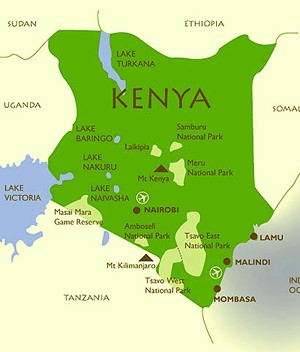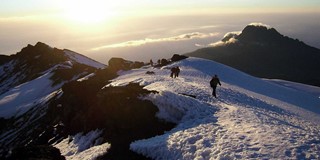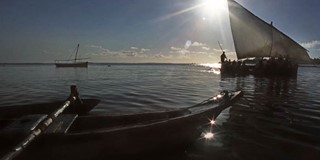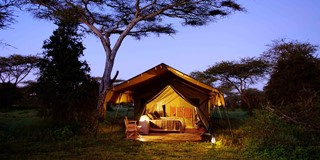
Lake Nakuru National Park
Speak to our tour consultants for a more custom made itinerary to suit your travel needs.
Tel: +254 706 124 625

- Background Information
- Wildlife & Birds
Lake Nakuru is world famous for, and was created a National Park to protect, its stunning flocks of Lesser Flamingo, which literally turn its shores pink. Its birdlife is rich: a beacon for leading ornithologists, scientists and wildlife film-makers. It is easily accessible, lying immediately south of Nakuru township, below the eerie Menengai crater. Nakuru is Kenya’s farming capital, the Lake is one of the series of alkaline lakes in the Rift Valley. The Great Rift Valley, which stretches 5,632 km (3,492 miles) from the Red Sea to Mozambique, is a deep indent in the earth, visible 150,000 km (93,000 miles) away from space! The park spans an attractive range of wooded and bushy grassland around the lake, offering a wide ecological diversity, from its lake water to rocky escarpments. The picturesque landscape encompasses areas of sedge, marsh and grasslands, rocky cliffs and outcrops, stretches of yellow-barked acacia woodland, and on the eastern perimeter, rocky hillsides covered with forests of curious-looking Euphorbia trees. The backdrop is the hilly, broken country of the sides of Great Rift Valley. The lake itself is shallow and alkaline and is around 62 sq km (24sq miles) in extent. Game viewing is relatively easy in Nakuru National Park, and it is not uncommon to spot leopard in trees - and even Nakuru’s lions sometimes climb trees. The scenery and birdlife are also spectacular, and thus it is not surprisingly one of Kenya’s most visited and popular parks.
The park was created in 1960 as a bird sanctuary. At times concentrations of more than a million flamingos live on the lake, and it has been described as “the most fabulous bird spectacle in the world” by famous ornithologist Roger Tory Peterson. Both the Lesser and Greater Flamingos are non-breeding visitors to this lake. The lake’s water-levels vary according to rainfall and the inflow of the small Njoro River. As conditions and food supplies alter, so do the numbers of flamingos, although there are always some flamingos present, as well as a wealth of other bird life, including White Pelicans, which have increased considerably since the alkaline-tolerant fish Talapia ghrahami was introduced to the lake. These pelicans breed on the islands of nearby Lake Elmenteita and many of them fly into Nakuru daily to feed, creating an eye-catching aerial display. Ducks, Plovers, Stints, Sandpipers, birds of prey and many woodland birds also help to make Lake Nakuru National Park a bird-lover’s paradise.
::: Select Recommended Tours :::
-

Kilimanjaro Climb - 5Days Marangu
The Marangu route is one of the most popular routes to the summit of your Kilimanjaro Climb.
-

Zanzibar Luxury Beach Tour
Explore Zanzibar Beaches in style with exclusive access to top 5star properties in Zanzibar.
-

Kenya & Tanzania Adventure
Combine two of the best top Wildlife and Safari Destinations in East Africa - Kenya & Tanzania..